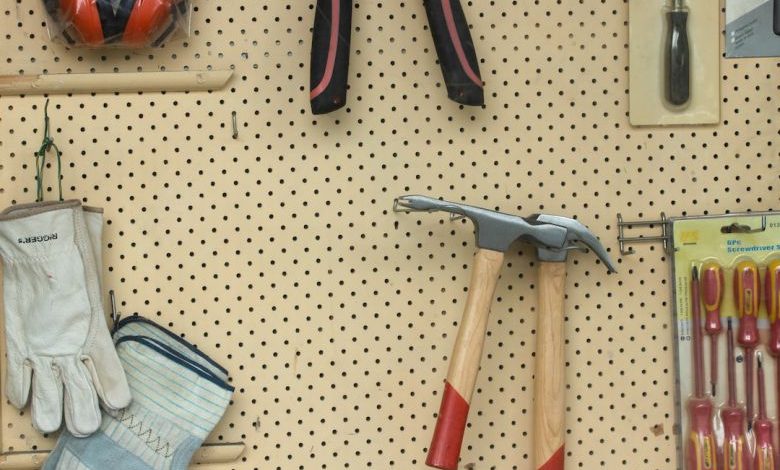Comparing Different Types of Hammers

Hammers are one of the most common tools found in every household. From hanging picture frames to fixing furniture, hammers are versatile and essential for various tasks. However, not all hammers are created equal. There are different types of hammers, each designed for specific purposes. In this article, we will compare and contrast some of the most popular types of hammers, helping you choose the right one for your needs.
Claw Hammer: The All-Purpose Hammer
The claw hammer is perhaps the most recognizable type of hammer. It features a flat striking surface on one end and a curved claw on the other. The flat end is used for driving nails into surfaces, while the claw is designed for removing nails. The claw hammer is versatile and suitable for a wide range of tasks, making it an excellent all-purpose hammer for general use.
Ball Peen Hammer: The Metalworker’s Choice
The ball peen hammer is primarily used in metalworking. It has a flat striking surface on one end and a rounded peen on the other. The peen is often used for shaping and rounding metal, making it a favorite among blacksmiths and metalworkers. The ball peen hammer is not ideal for driving nails, as its rounded peen can easily slip off the nail head. However, it excels in tasks that require precise metalwork.
Sledgehammer: The Heavy-Duty Hammer
When it comes to heavy-duty tasks, the sledgehammer is the go-to choice. With its long handle and heavy head, the sledgehammer is designed for maximum impact. It is commonly used for breaking concrete, driving stakes, and demolition work. The sledgehammer’s weight and force make it less suitable for delicate tasks but perfect for heavy-duty jobs that require sheer power.
Rubber Mallet: The Non-Marring Hammer
Unlike other hammers, the rubber mallet is specifically designed to prevent damage to surfaces. It features a soft rubber head that absorbs impact, making it ideal for tasks that require gentle tapping or aligning objects. The rubber mallet is commonly used in woodworking, as it doesn’t leave marks or dents on delicate materials. It is also a popular choice for assembling furniture or striking chisels.
Dead Blow Hammer: The Impact-Absorbing Hammer
The dead blow hammer is similar to the rubber mallet in terms of preventing damage to surfaces. It has a hollow head filled with metal shot or sand, which absorbs and redirects the force of impact. This design reduces rebound and shock, making it ideal for precision work where accuracy is crucial. The dead blow hammer is commonly used in automotive work, woodworking, and other tasks that require controlled force.
Club Hammer: The Compact and Powerful Hammer
The club hammer, also known as a lump hammer, is a compact and powerful hammer with a relatively short handle. It is commonly used for driving chisels, masonry work, and light demolition tasks. The club hammer’s short handle provides better control and precision, making it suitable for tasks that require accuracy in confined spaces.
Choosing the Right Hammer for Your Needs
When selecting a hammer, consider the type of work you will be doing. If you need a versatile hammer for general use, a claw hammer is an excellent choice. For metalworking tasks, a ball peen hammer is essential. For heavy-duty jobs, a sledgehammer is the way to go. If you require a non-marring hammer, a rubber mallet will be your best friend. For precision work, a dead blow hammer is the ideal option. And if you need a compact and powerful hammer, a club hammer is the answer.
In conclusion, hammers are essential tools for various tasks around the house or workshop. Understanding the different types of hammers and their specific uses can help you choose the right one for your needs. Whether you’re driving nails, shaping metal, or demolishing structures, there’s a hammer out there designed to make your job easier and more efficient. So, next time you reach for a hammer, consider which type will best suit the task at hand.




